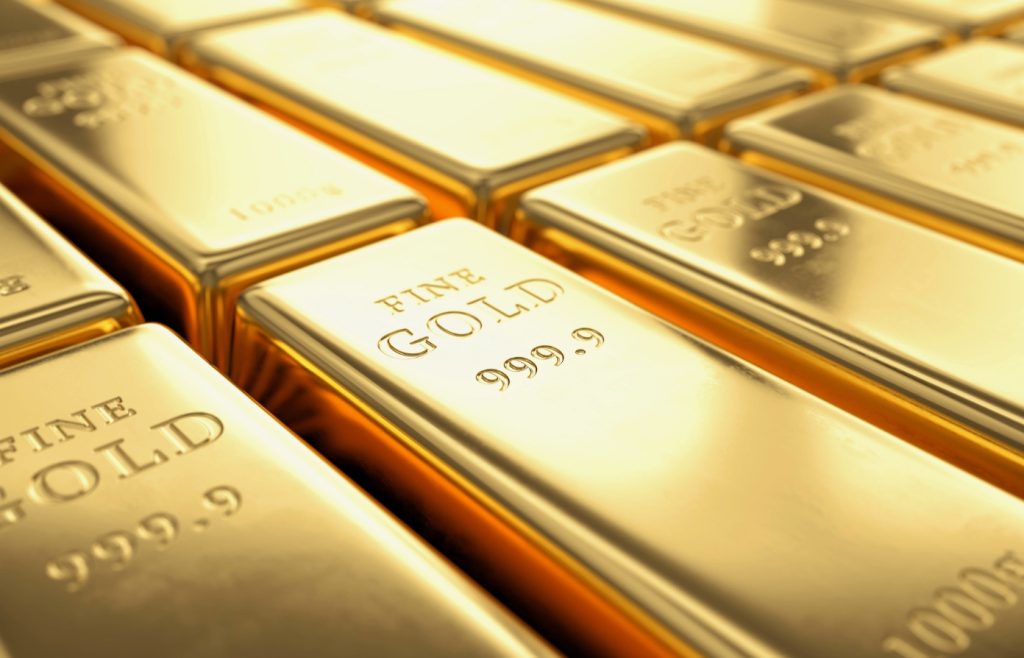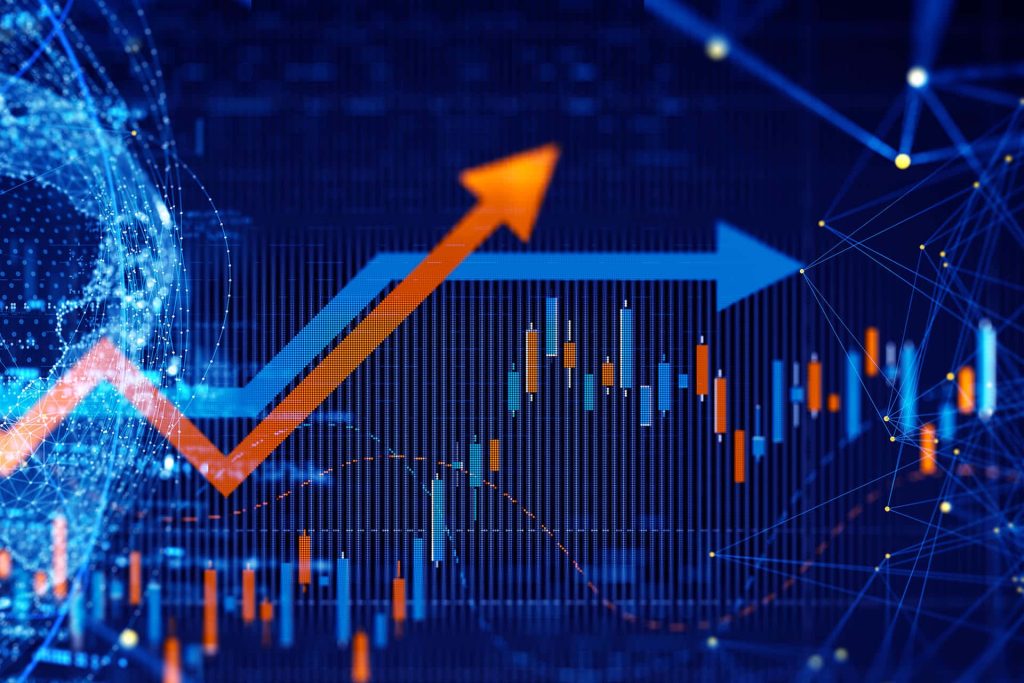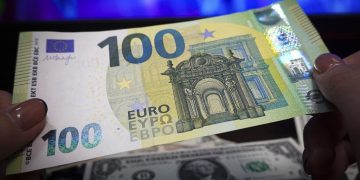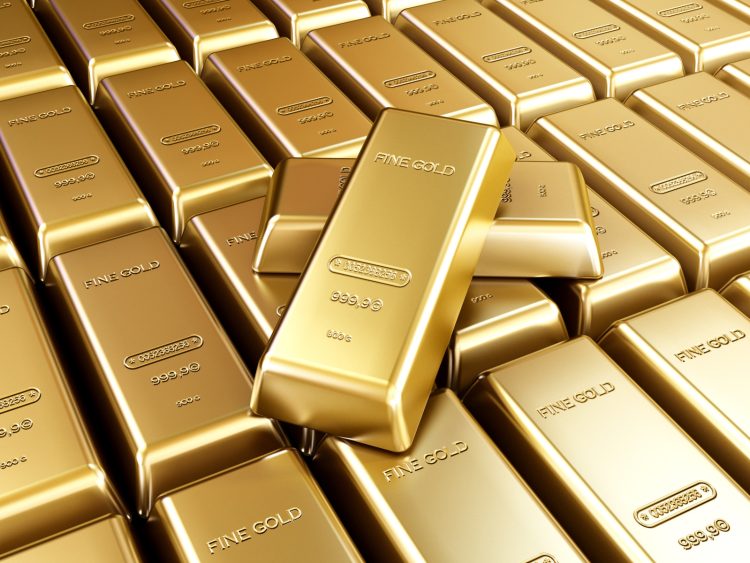【 Gold price correction! Go or stay? 】 In terms of the pricing factors that currently affect the trend of gold, such as the Federal Reserve’s interest rate cut, the central bank’s purchase of gold, the trend of the US dollar, and the demand for risk-averse allocation, the future may still bring positive support to the gold market.
Into 2024, the gold market is shining, the price has hit a record high, the London gold spot price has reached a maximum of 2450.1 US dollars/ounce, once known as the commodity market “the most beautiful boy”.
However, since late May, the momentum of the gold market has been slightly insufficient, and the overall high volatility has fallen by more than 3% on June 7. As of June 14, the current cumulative decline from the previous high of nearly $100 / ounce.
The correction of the high price of gold can not help but cause the investors who poured into the market in the early stage to worry, whether the gold price will open a falling channel? Do the bulls stay or go?
Gold high correction

In the first half of the year, the overall performance of the gold market was bright. According to Wind data, the spot price of gold in London bottomed out in mid-February, began a continuous rapid rise in early March, and then the price hit a record high, reaching a maximum of $2450.1 / ounce on May 20, but then it suffered a correction, falling 3.45% on June 7. As of the close of June 14, it was at $2332.3 / ounce, down more than $100 / ounce from the previous high, and the cumulative increase since the first half of the year reached 13.08%.
Cicc analyst Guo Zhaohui said that in addition to the steady pace of the central bank’s gold purchase, the speculative market continued to price the Fed’s interest rate cut expectations and the demand for geopolitical hedging, which all contributed to the rise in gold prices in the first half of the year.
For the recent trend of gold price correction, Liu Shiyao, a precious metals researcher at Zijin Tianfeng Futures, analyzed that it was mainly affected by the suspension of continuous gold buying by the Central Bank of China and the impact of non-agricultural data in the United States in May.
China’s gold reserves stood at 72.8 million ounces at the end of May, unchanged from the end of April and ending an 18-month streak of increases, according to the official reserve assets table.
Liu Shiyao said: “In terms of the situation in 2019, after the Chinese central bank suspended its gold purchase, the central banks of emerging markets such as Turkey, India and Poland are still strongly involved, driving a significant rise in international gold prices.”
On the performance of the US non-farm data in May, Liu Shiyao analyzed that the current situation of the US labor market was not as strong as the non-farm data showed. In addition, recent economic data does not reinforce the Fed’s cautious stance on monetary policy, such as the U.S. inflation number has declined for two consecutive months, and the ISM manufacturing index has slowed for two consecutive months. Even if the dot plot and official statements released at the June Fed interest rate meeting show a more hawkish message, the Fed rate cut is increasingly likely to fall.
Fed rate cut could be watershed

In terms of the pricing factors that currently affect the trend of gold, such as the Federal Reserve’s interest rate cut, the central bank’s purchase of gold, the trend of the US dollar, and the demand for risk-averse allocation, the future may still bring positive support to the gold market.
“The ‘watershed’ for the gold market could be the Fed’s rate cutting boot.” Guo Zhaohui said that the policy shift before the interest rate cut, or the value of precious metals assets highlight the moment, the positive interest rate cut expected trading may continue. However, after the interest rate cut, the reflexivity of the market trading may trigger the bubble burst, when the interest rate cut expected trading to interest rate cut trading, as the economic expectations improve, the market or will turn to focus on the economy from the “slowdown” to the “expansion” of the cycle switch, compared with the counter-cyclical precious metal assets, pro-cyclical commodities may be more favored.
From the perspective of global gold reserves, global central banks continue to increase their holdings of gold, promoting the increase in gold demand to drive up prices. Zhai Kun, analyst of non-ferrous metals industry at Deppon Securities, said that as of May 2024, the global gold reserve scale was about 36,004.18 tons, up 194.91 tons from the end of 2023 and 65.27 tons from the previous month. Although China’s central bank did not increase gold storage in May, global gold reserves are still on an upward trend, and other countries still have momentum to increase storage. It is expected that the continuous increase in global gold reserves will boost the price of precious metals such as gold in the long term.
Short-term adjustments are unlikely to change the long-term upward trend
In the short term, Zhai said that the previous US non-farm employment data has been backtracked several times, and the credibility level of relevant data under the expected management of the Federal Reserve has declined, so the volatility of gold prices may increase.
































